In the early 1980’s, the Universal Pantheist Society received the first of many postcards and letters that Bob Waldmire regularly sent us telling us about his life and adventures. In a submission for our newsletter’s “What Pantheism Means to Me” feature published in 1995, he wrote:
"Personally, to and for me, Pantheism justifies and warrants my existence - and the right to exist. I have long believed of man's duty and obligation to revere the real, the Earth underfoot to the rest of the Universe overhead. Personally, I believe it’s late for man to triumph over his evil with good... but I'm less concerned with man's salvation than with saving some of his fellow creatures, particularly the great whales, the great apes, and predators and any endangered species. I am interested in Pantheism's potential to 'convert' human arrogance to human humility.”
Over the years, he continued to send us postcards, messages, and artwork. He created and donated to us unique "ads" for us to place in alternative newsletters in search of new members, and we featured his drawings in Pantheist Vision, including this one on the cover of Vol. 5, No. 2, May, 1984):
(The same issue, on page 35, tells the story, written by Bob's father Edwin Waldmire about his invention of the corn dog, which he called the "Cozy Dog.")
| Bob Waldmire Tribute to Edward Abbey, Pantheist Vision, Vol 10, No. 3, September, 1989 |
We featured a special two-page spread about his life in Pantheist Vision in the Autumn 2015 issue. A PDF excerpt from that issue is here
| Robert Waldmire, A Talented Pantheist |
https://www.arizonahighways.com/article/drawing-attention-bob
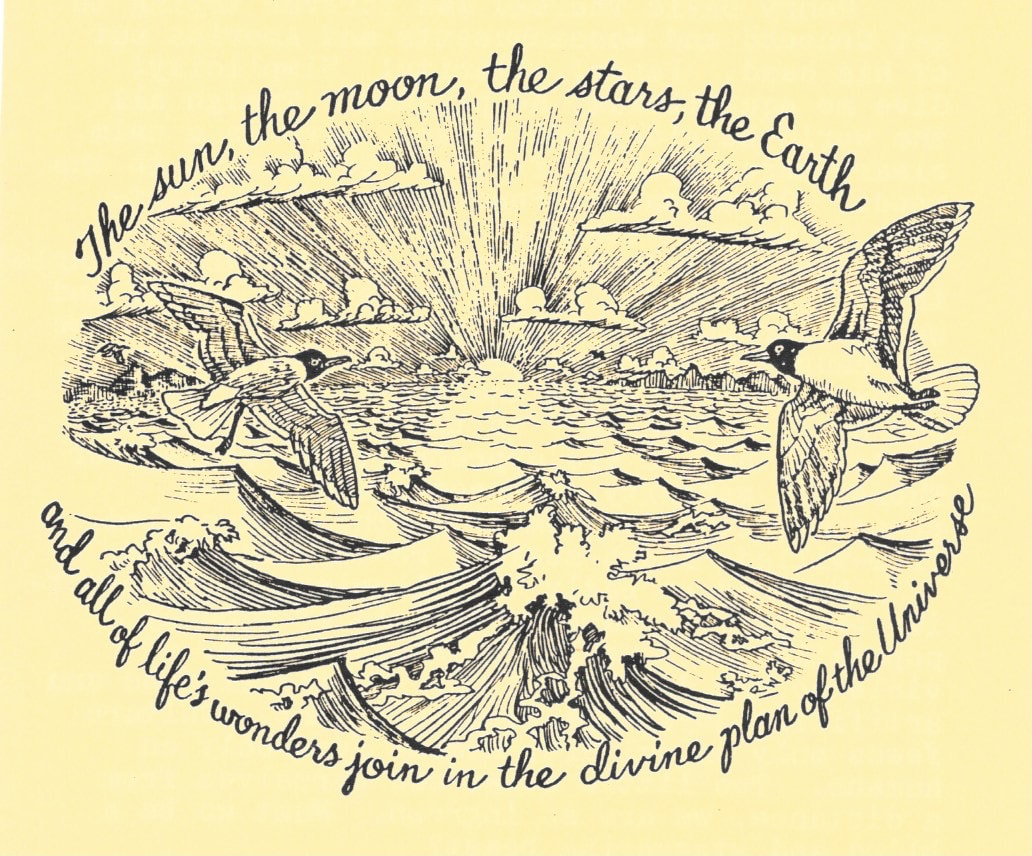


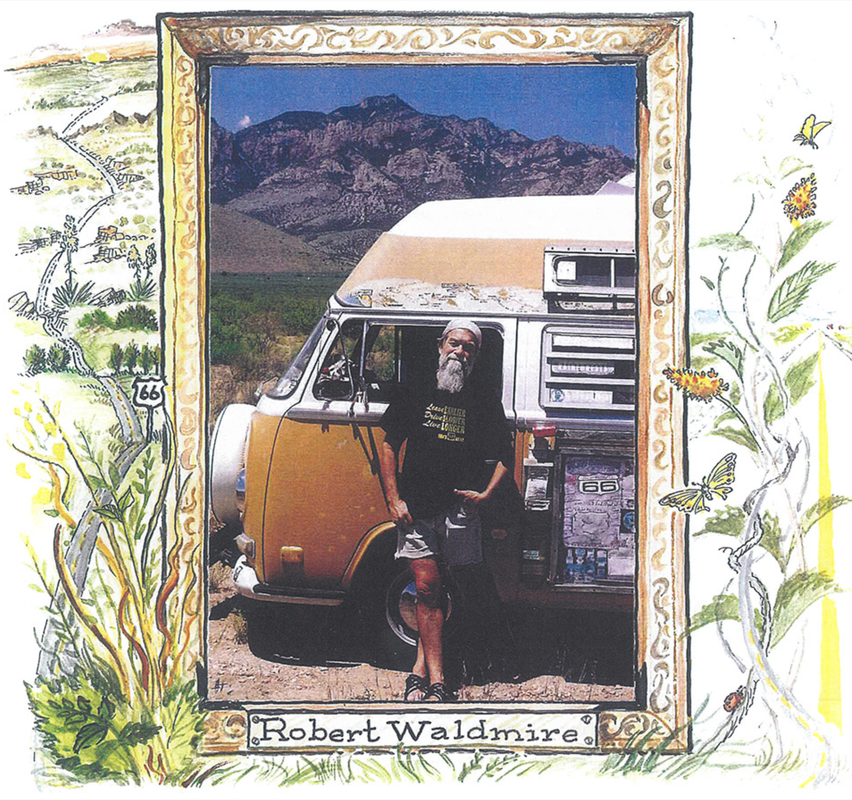


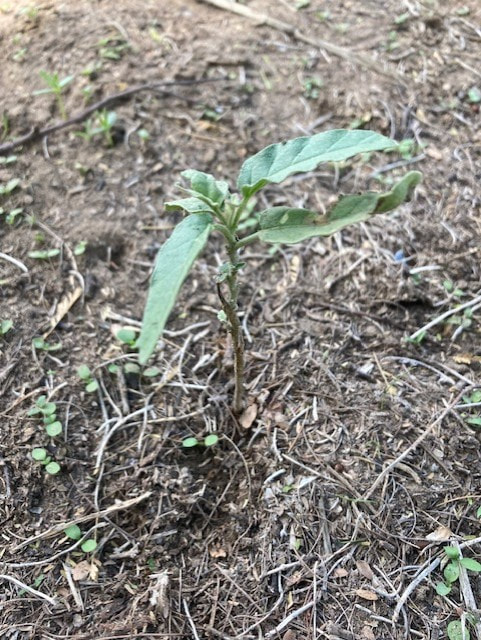


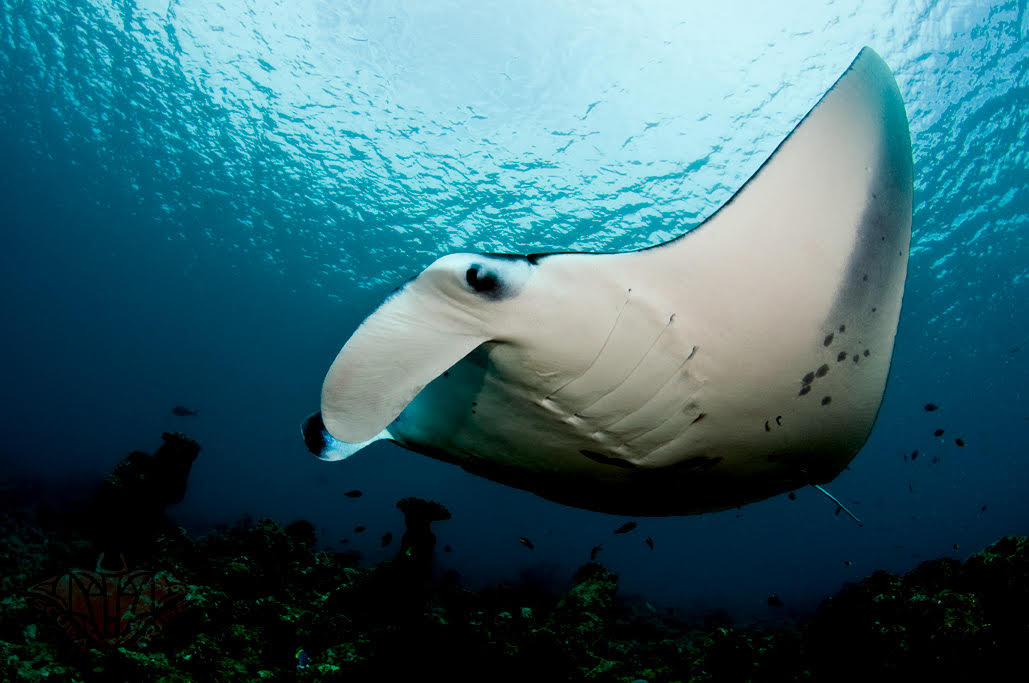
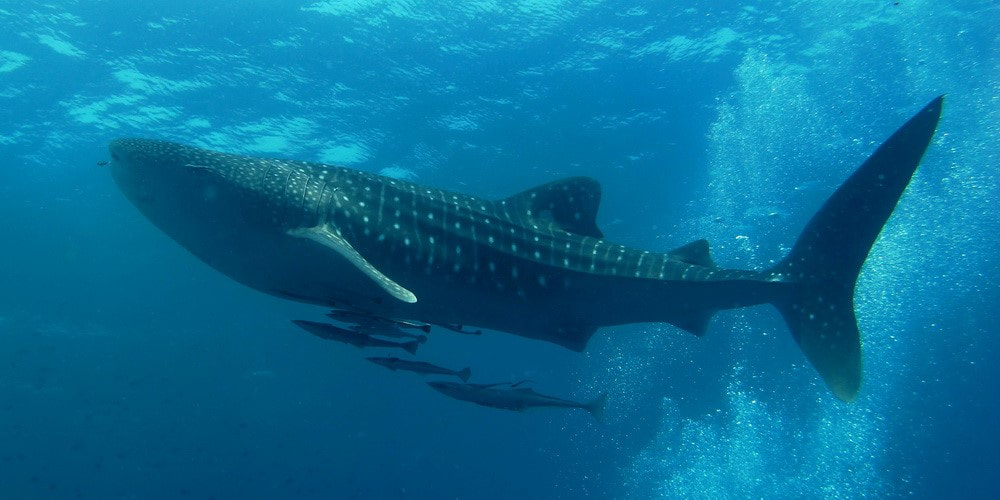

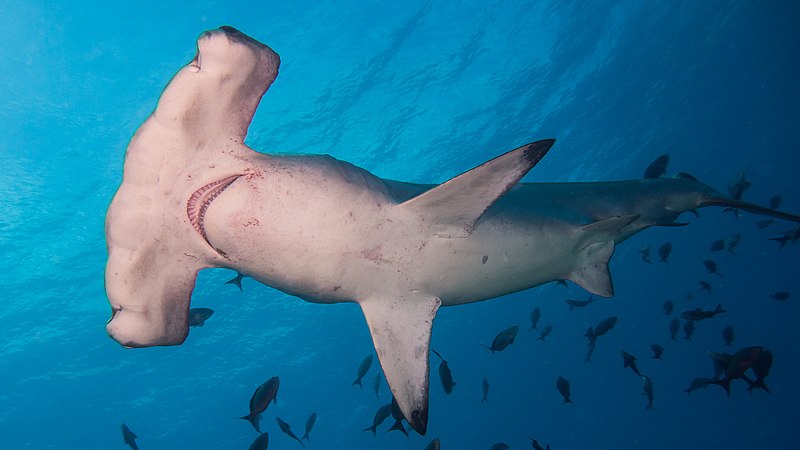
 RSS Feed
RSS Feed